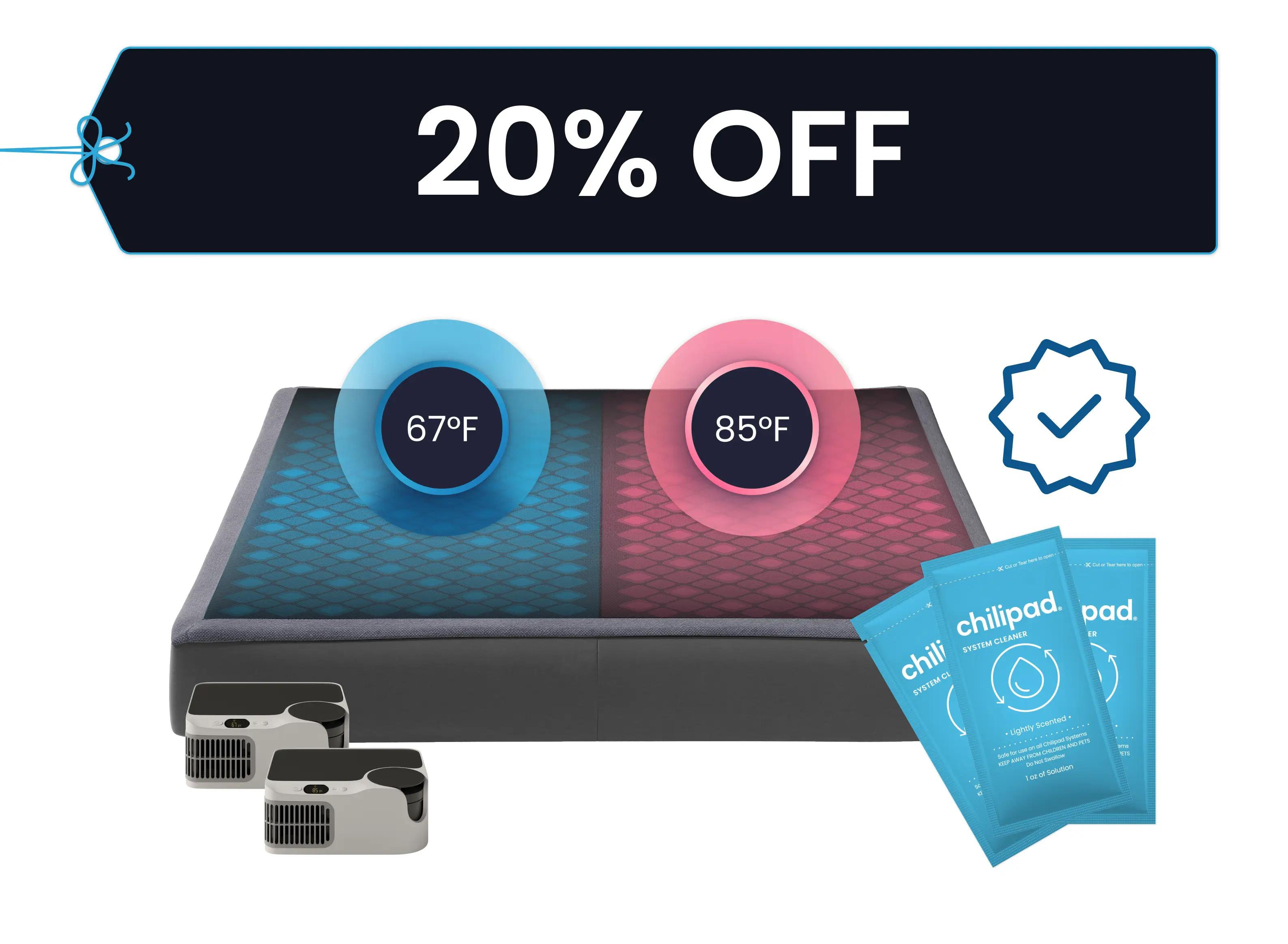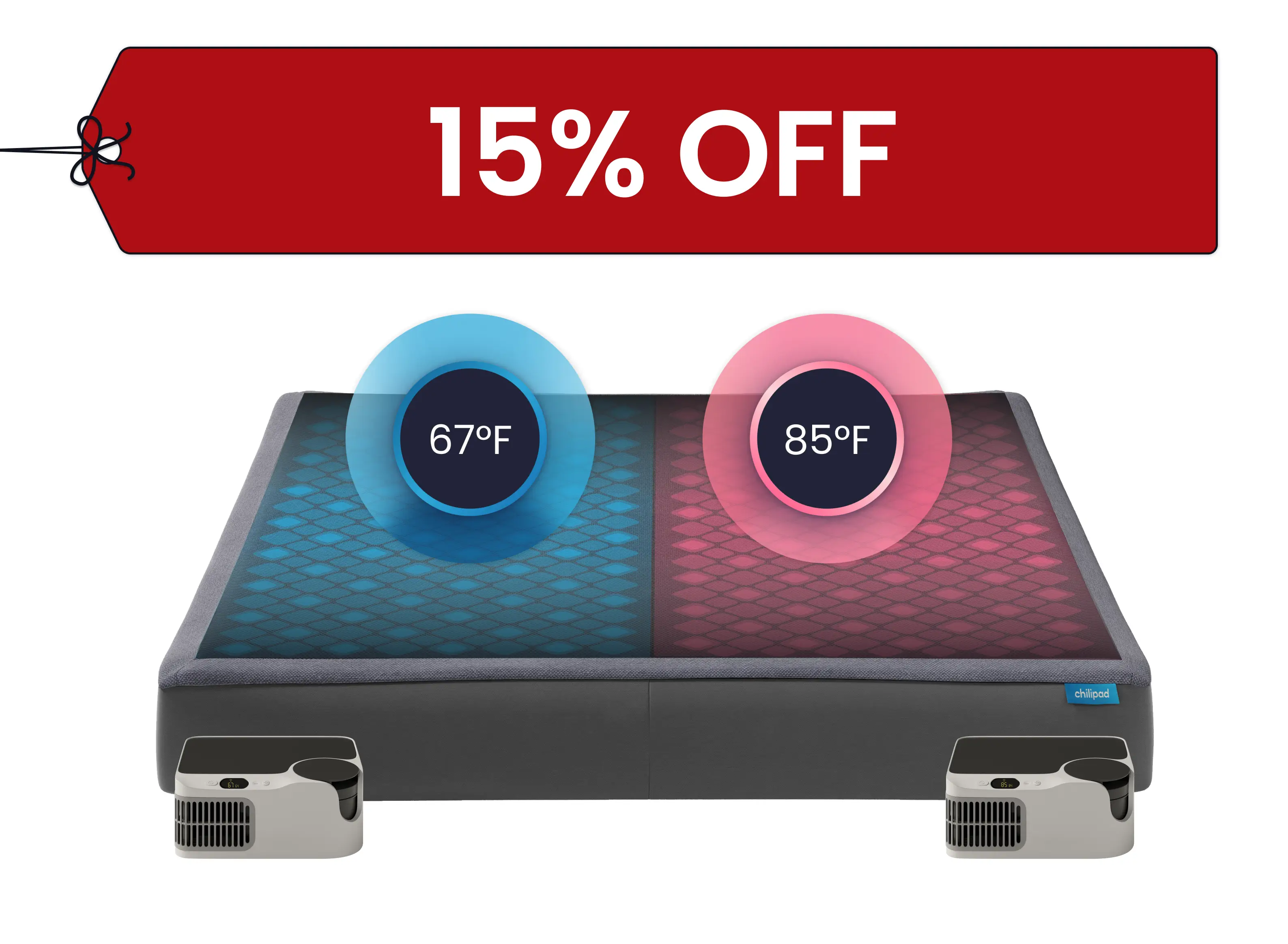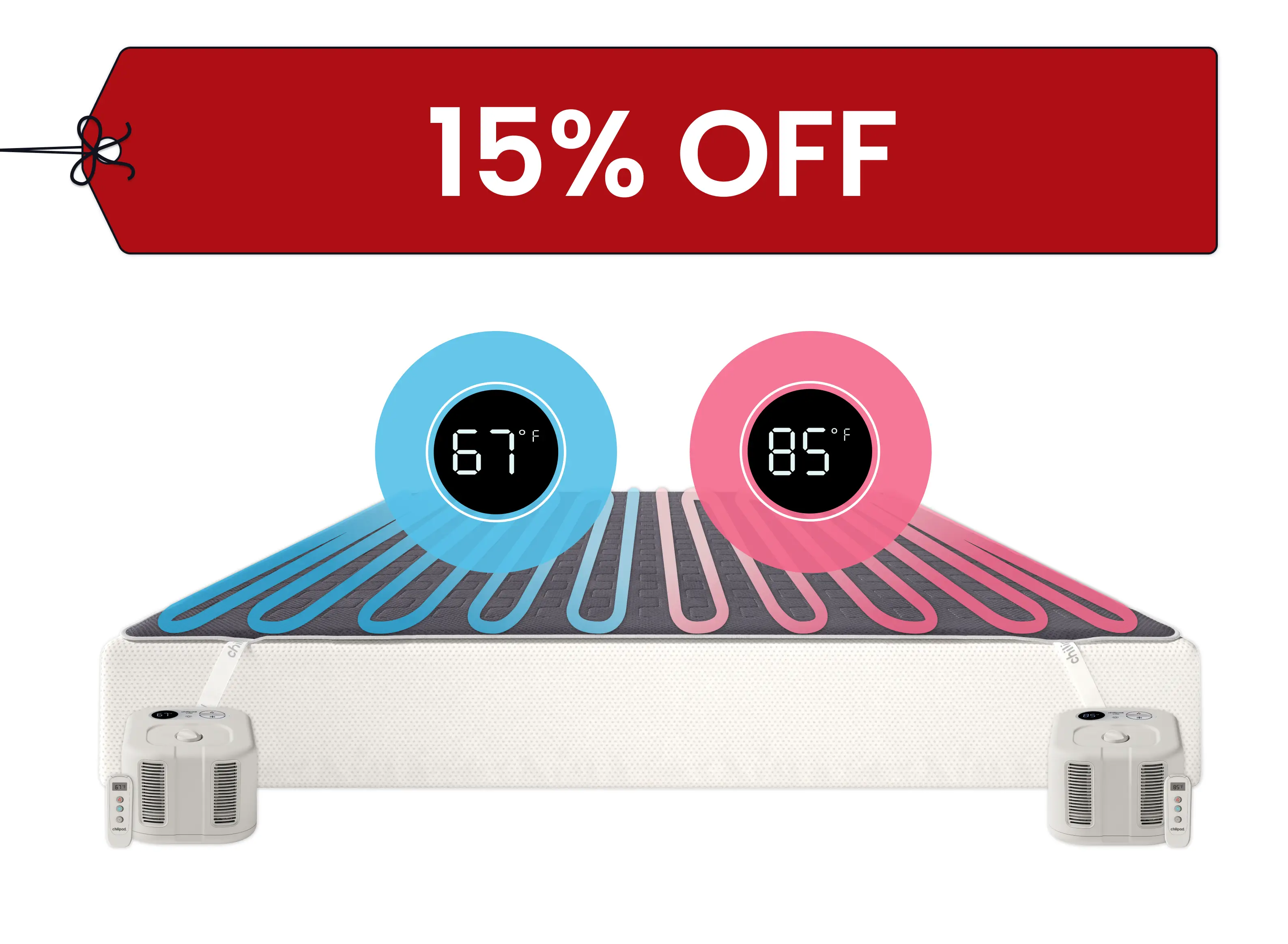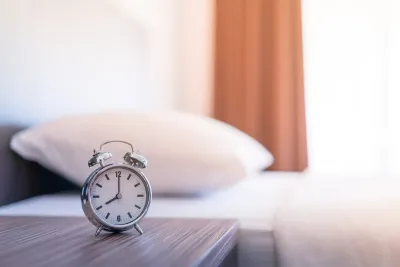Everything You Need to Know about Napping: Benefits, Best Practices
Ana Marie Schick: Resident Sleep Expert & Certified Health Coach • Aug 26, 2022

Key Takeaways
- Power Naps: Short naps between 10–20 minutes can improve alertness, mood, and performance without grogginess.
- Timing Matters: Early afternoon naps are ideal—too late in the day can disrupt nighttime sleep.
- Sleep Cycles: Longer naps (60–90 minutes) may include REM sleep, supporting memory and creativity, but may lead to sleep inertia.
- Environment Tips: A cool, dark, quiet space boosts nap effectiveness—consider blackout potentially aiding in pain management.
- Napping Benefits: Regular naps can help reduce stress, improve heart health, and support better overall well-being
Cavepeople were the first to take them. Your cat is probably in the middle of one right now. And you’ve thought about taking one ever since you ate that big lunch.
Naps have been around for centuries, and if you're looking for a way to relax or you’re possibly sleep-deprived, you might consider taking one.
Before you decide on a relaxing nap, we’ll discuss everything you need to know to make the most out of a quick snooze.
Understanding Naps
But people don’t normally ask for the definition of a nap. They do, however, ask if naps are good for a person or offer any health benefits. Keep reading to learn about who needs them, how long they should last, the benefits of naps, and what drawbacks can occur.
Improve Your Nap by Sleeping Cooler
Enhance your nap routine with the Chilipad Dock Pro. This advanced cooling system provides personalized temperature control, allowing you to create the ideal sleep environment.
Understanding the Difference Between Nap vs. Sleep
Naps do not enter into the deeper stages of sleep, such as the REM cycle. Since naps do not last as long as sleep, you'll obtain the benefits of resting but without the disorientation of deep sleep.
Sleep Pods
Sleep pods provide a quiet, comfortable, and private space designed specifically for short rest periods. Just like a nap, using a sleep pod allows your body and mind to take a break, reduce fatigue, and improve focus and energy levels afterward. Sleep pods are a convenient and practical way to get the restorative benefits of napping, especially in busy workplaces, airports, or schools.
Did You Know: Thomas Edison would nap at different locations throughout this property from his labs, library, and workbench. He would even nap under his work desk and in unique places such as under a tree for up to an hour, occasionally three times a day.
The Benefits of Napping
Why do some people continue to nap regularly? Aside from catching up on sleep, taking a short nap offers many benefits for your mental and physical health.
Below are a few benefits they can provide you and your body.
Improves Your Memory
Your body and brain function best with sleep, so it only makes sense that your brain will store memories better if you’re well-rested. Individuals who take power naps during the middle of the day are more likely to remember essential things from earlier that day.
Better Focus and Learning
It can be challenging to learn or focus when you're exhausted and burnt out from the long day. Taking a power nap in the middle of the day can improve your focus while eliminating that sleepiness so you can excel, whether it's school, work, or whatever you're doing.

Improves Mood
Not getting enough sleep? Your body could be telling you it needs more. Naps are a great way to lower stress and help boost your mood. Also, well-rested people will be able to regulate their emotions better. Additionally, they can increase productivity, enhance creativity, and boost problem-solving. [1]
Reduces Stress
Taking the time out of your day to rest is important for reducing stress. Napping is the perfect way to relax and lower your heart rate. Plus, when you wake up, you’ll have a clearer mind for your work.
Other Benefits Include:
- Relaxes your mind and body
- Reduces fatigue
- Encourages creativity
- Regulates emotions

The Downsides of Napping
While there are numerous health benefits of naps, there are also some disadvantages.
These obstacles are usually avoidable if you take our advice below.
Sleep Inertia
The chances are that you’ve woken up from a long nap at some point in your life, and felt groggy and disoriented. This is called sleep inertia.
Sleep inertia often happens if it’s longer than 20 minutes and the person falls into a deeper sleep. It can also be described as post-nap fatigue.
If you want to take a nap , but you don’t want that groggy feeling afterward, consider taking one that lasts 10 to 30 minutes long. If you’re concerned about sleeping longer, setting an alarm to wake you up after 20 minutes or less, will make you feel well-rested and more focused.
Read More: Oversleeping and Causes
Nighttime Sleep Issues
Some people find that napping during the day causes insomnia at night, a common sleep disorder. This can be from taking one too late in the day or napping for too long. If you find yourself having this issue, avoid taking them late in the afternoon or lasting longer than 20 minutes.
When Should You Consider Taking a Nap?
Try to keep your nap early enough in the day that you’ll be able to sleep that night but late enough to benefit from it. Many people feel that early afternoon, from 2 to 3 p.m., is the perfect time for a daytime nap to get a few minutes of rest.
A quick nap can help you feel more alert and improve your mood and performance at work. However, napping later in the day may make it more difficult to fall asleep at night. If you regularly experience difficulties sleeping, it’s best to avoid daytime napping altogether.
What Are the Different Types of Naps?
Everyone has unique sleep and rest needs. Some of us can power through the day without feeling tired, while there are others who seem to get tired more easliy. Many factors influence this, including how much sleep your body requires.
But if you need a nap, we've highlighted the different types of naps, their purposes, and their effects, helping you understand which one might work best for you.

What Are the Common Nap Lengths
The ideal nap length is around 90 minutes for maximum refreshment. However, a 30-minute power nap can be very effective. Avoid long naps that can leave you feeling groggy. If you're ill or severely sleep-deprived, let your body rest.
Set an alarm to prevent oversleeping. Learn more about the optimal nap length in our blog.
Who Usually Takes Naps?
If you couldn't remember the last time you had one, you might wonder who even has the time to nap. Aside from children, it’s pretty standard for healthy adults too.
Did You Know? Chronotype can significantly influence who is more driven to take naps. It's vital to understand and identify your chronotype and sleep cycle. Chronotype is the inherent timeline you should follow for sleeping.

Babies and Children
Babies, toddlers, and children are regular nappers because sleep plays a significant role in a child’s physical, mental, and emotional development. Hence, they need extra sleep during the night. Most infants and toddlers get enough sleep at night, but they typically have 2-3 daytime naps, while toddlers still take 2 naps, but can drop to one by 18 months.
What Age Do Children Stop Napping?
While they are important for a child’s development, eventually, they’ll grow out of them and get sufficient rest at night. So, it’s necessary to note that the more youthful, the more sleep they’ll need.
Infants naturally spend most of the day sleeping, while toddlers will only nap once a day. Once a child reaches seven years old, most children shouldn’t need to take a regular nap.
That’s not to say older children and teenagers don’t need one occasionally, but a daily one doesn’t need to be incorporated into their schedule.
Napping for Adults
While adults don’t need them as often as children, about one-third of adults will take one regularly. [2] It may not surprise you if you’re part of that statistic, but many adults can’t find the time or don’t enjoy it.
When it comes to adults, below are the most common feeling after waking up from a nap: [3]
- Relaxed: 33%
- Happy: 19%
- Energized: 17%
- Confused: 15%
- Groggy: 12%
Creating the Best Napping Experience
If you’re going to take a nap, you want to plan it just right to get the most benefits. This includes a restful location and the best time for your nap.
Napping may be difficult if you’re not in a comfortable environment such as your home. People tend to get better sleep in a dark and quiet atmosphere that’s a few degrees cooler than room temperature.
Whether you're napping or sleeping, you deserve to be comfortable and wake up feeling well-rested. Below are some tips to make it the best experience:
- Optimize The Sleep Environment: Sometimes, it can be challenging to have the ideal environment. It’s much easier to fall asleep in a cool, comfortable, quiet, and dark room. But a comfortable chair can work too.
- Short and Sweet: Keep them around 20 minutes. That’s enough time to boost your cognitive performance and energy. As we discussed earlier, longer naps tend to make people feel groggy and tired when waking up. Set the alarm to help you limit your time to no more than 30 minutes.
- Schedule: If you take a nap regularly, it might be best to take one around the same time each day.
Final Thoughts
Naps can improve our mental health, productivity, and immunity. To get the most benefit from a nap, keep it short (20-30 minutes) and use the same sleeping environment you would at night. A gentle alarm clock or some pre-nap caffeine can help you wake up feeling refreshed.
Now that you know the benefits, the different types, the typical length, and the best time of day, you should take extra time each day to try and take a power nap without feeling guilty. The benefits certainly outweigh the disadvantages, especially regarding your overall health.
Frequently asked questions
What Are the Benefits of Napping During the Day?
Napping can improve alertness, mood, memory, and overall cognitive function—especially if you're sleep-deprived.
What Are Some Quick Tips for a Better Nap?
- Find a quiet, dark, and cool place to relax
- Set a timer for 20–30 minutes
- Avoid caffeine too close to nap time
- Use a light blanket and supportive pillow
- Try to nap at the same time daily for consistency
What’s the Best Time of Day to Take a Nap?
The best time is typically between 1:00 p.m. and 3:00 p.m., when your circadian rhythm naturally dips and energy drops.
References
[1] Milner, C. E., & Cote, K. A. (2009). Benefits of napping in healthy adults: impact of nap length, time of day, age, and experience with napping. Journal of Sleep Research, 18(2), 272–281. View Study
[2] July 2009, Live Science Staff 30. “Nap Time! One-Third of Americans Do It.” View Study
[3] Burke, T. M., Scheer, F. A. J. L., Ronda, J. M., Czeisler, C. A., & Wright, K. P. (2015). Sleep inertia, sleep homeostatic and circadian influences on higher-order cognitive functions. Journal of Sleep Research, 24(4), 364–371. View Study









